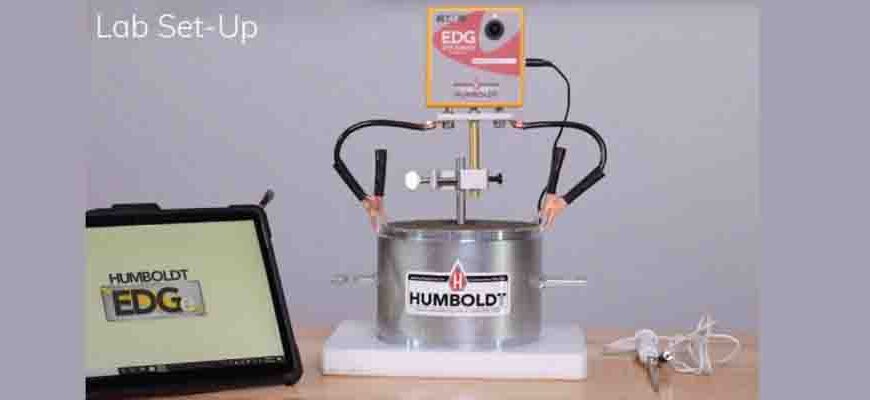Field Testing vs. Laboratory Testing: Equipment Differences Explained
When it comes to ensuring the quality and durability of construction materials, both field testing and laboratory testing play pivotal roles. Each method employs specialized equipment designed for specific conditions and objectives. Understanding the differences between these testing environments and their respective tools can help professionals select the most appropriate methods for their projects.
Field Testing Equipment: On-Site Analysis
Field testing is conducted directly at the project site, providing real-time insights into material and structural performance under actual environmental conditions. Tools like the Non-Nuclear Density Gauge are quintessential for measuring soil compaction without radioactive sources, ensuring safety and ease of use.
Another key category of field equipment is Concrete NDT Equipment, which allows engineers to assess concrete integrity without causing damage. These tools are crucial for monitoring structures during construction or for maintenance purposes.
For slope stability concerns, Slope Stability Analysis Software offers advanced modeling capabilities to predict potential failures, making it indispensable in field operations where terrain stability is a priority.
Laboratory Testing Equipment: Controlled Precision
Laboratory testing, on the other hand, occurs in controlled environments, where variables like temperature, humidity, and pressure can be meticulously managed. For example, the Pressure Aging Vessel is widely used in labs to simulate long-term aging of asphalt binders under specific conditions, providing critical data on material durability.
Tools for specific tests, such as the Bond Pull-Off Test, evaluate the adhesive strength of coatings and bonded materials. These tests offer precise data that help ensure adherence to quality standards.
Soil analysis in labs is made efficient with advanced Soil Testing Equipment in India. Such tools deliver detailed insights into soil properties, aiding in the design of stable foundations.
Key Differences in Equipment
1. Portability and Design
Field testing equipment is often lightweight, portable, and designed for ease of use in diverse environmental conditions. For instance, tools like Vibration Monitoring Equipment are compact and can be deployed quickly to monitor structural dynamics on-site.
Laboratory equipment, in contrast, is typically stationary and designed for precision. Devices like Indirect Tensile Strength of Asphalt testers are robust and optimized for detailed analysis that requires stable conditions.
2. Testing Objectives
Field tests focus on real-time data to address immediate concerns. For example, Marshall Stability Equipment used on-site ensures asphalt mixtures meet performance standards during construction.
Laboratory tests aim for deeper insights and long-term predictions. These tests are often more detailed, such as those performed with Geotechnical Modeling Software to analyze soil-structure interactions in complex scenarios.
3. Accuracy and Control
While field tests prioritize speed and practicality, laboratory tests emphasize precision and reproducibility. Field tools like UPV Test Services provide quick evaluations, while their laboratory counterparts delve deeper into material characteristics under controlled conditions.
Integrating Field and Laboratory Testing
In many cases, a combination of field and laboratory testing yields the best results. Field testing identifies immediate issues and provides initial data, while laboratory testing verifies these findings and offers more comprehensive analysis. For instance:
- A Non-Nuclear Density Gauge can confirm soil compaction on-site, while lab equipment analyzes soil samples for properties like permeability and shear strength.
- Concrete NDT Equipment used in the field can highlight potential flaws, which can then be further investigated in a lab setting for structural health assessment.
Advancements Bridging the Gap
Technological innovations are narrowing the divide between field and laboratory testing. For example, portable devices with lab-grade accuracy are now available, and advanced software solutions like Slope Stability Analysis Software integrate field data with laboratory results for more comprehensive assessments.
Conclusion
Understanding the differences between field and laboratory testing equipment is essential for making informed decisions that impact project quality and safety. While field tools like the Non-Nuclear Density Gauge and Vibration Monitoring Equipment offer real-time insights, laboratory devices like the Pressure Aging Vessel and Geotechnical Modeling Software provide detailed analyses under controlled conditions.
By leveraging the strengths of both approaches, professionals can ensure the highest standards of quality, durability, and safety in their projects.











